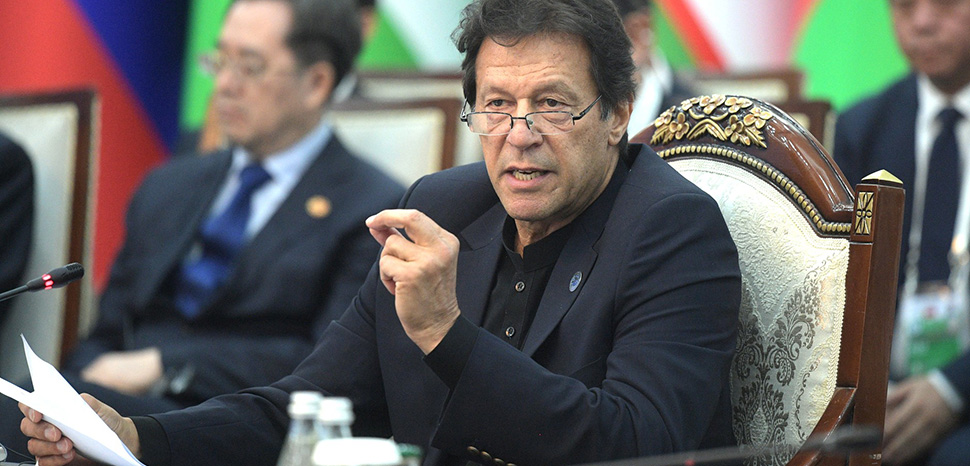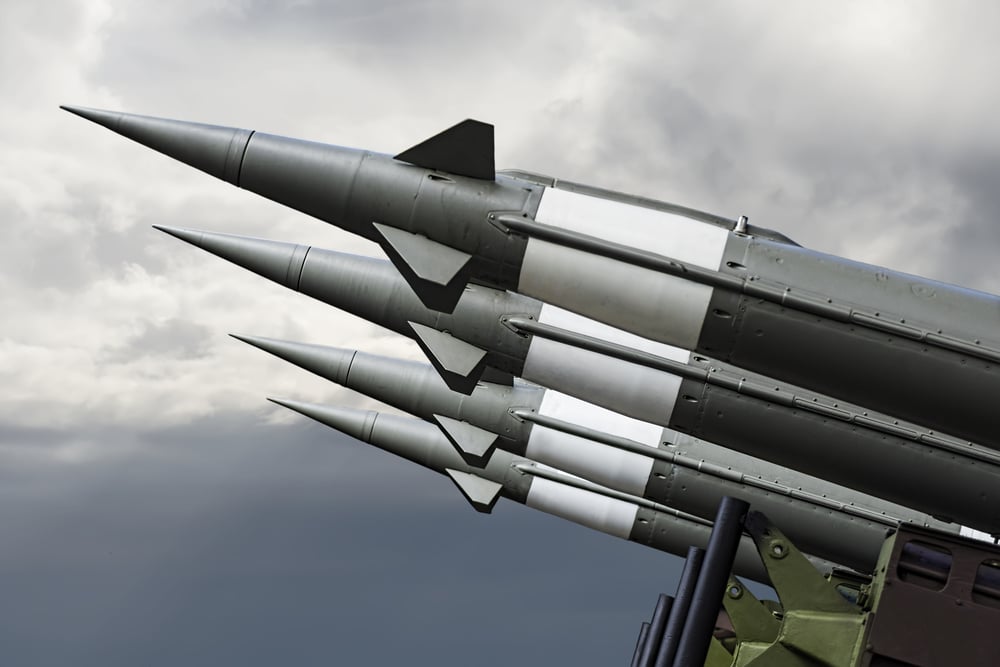Alex Welz

The current war in Gaza presents the first real challenge to the Abraham Accords. If the Accords prove to be more than a temporary political achievement, it will provide a durable framework incorporating more states into the fold. If not, the regional balance of power may be in greater flux than we think.
The Abraham Accords culminated in the normalization of ties between Israel and a handful of Arab states—the United Arab Emirates, Bahrain, Morocco, and Sudan. The prevailing hope was that this much-heralded breakthrough would serve as a bridge to the crown jewel of diplomatic normalizations for Israel—Saudi Arabia. It remains an open secret that the Kingdom (custodian of the two holiest sites of Islam and figurehead of the Arab world) and the Jewish state have seen an alignment of interests. The specter of an ever-expanding, Iranian-backed Shia crescent has been enough for these two unlikely partners to thaw relations over the past decade.
The Accords remain intact. Despite frequent public protestations from virtually all Arab states regarding Israel’s conduct in Gaza, the regional status quo doesn’t appear to be in jeopardy—aside from one notable player. Turkey, a non-Arab nation, has adopted an exceptionally harsh posture towards Israel since October 7.
Enigmatic as ever, Turkey remains a wild card pursuing a truly independent foreign policy. Historically, It has served as the base of a mighty Islamic empire and an avowed secular republic. Today, this complexity manifests itself in two rather ambiguous positions.
First, the Turks coordinated with the United States on toppling the Islamic State yet remain fixated on wielding this latitude to strike Kurdish groups throughout the region (who have proven to be some of Washington’s most reliable partners). Tensions escalated when an American F-16 shot down a Turkish drone flying too close to U.S. forces in northeast Syria. The second duplicitous stance is on the war in Ukraine. Turkey is a NATO member, supplying Ukraine with military hardware. Yet Ankara refuses to sanction Moscow.















